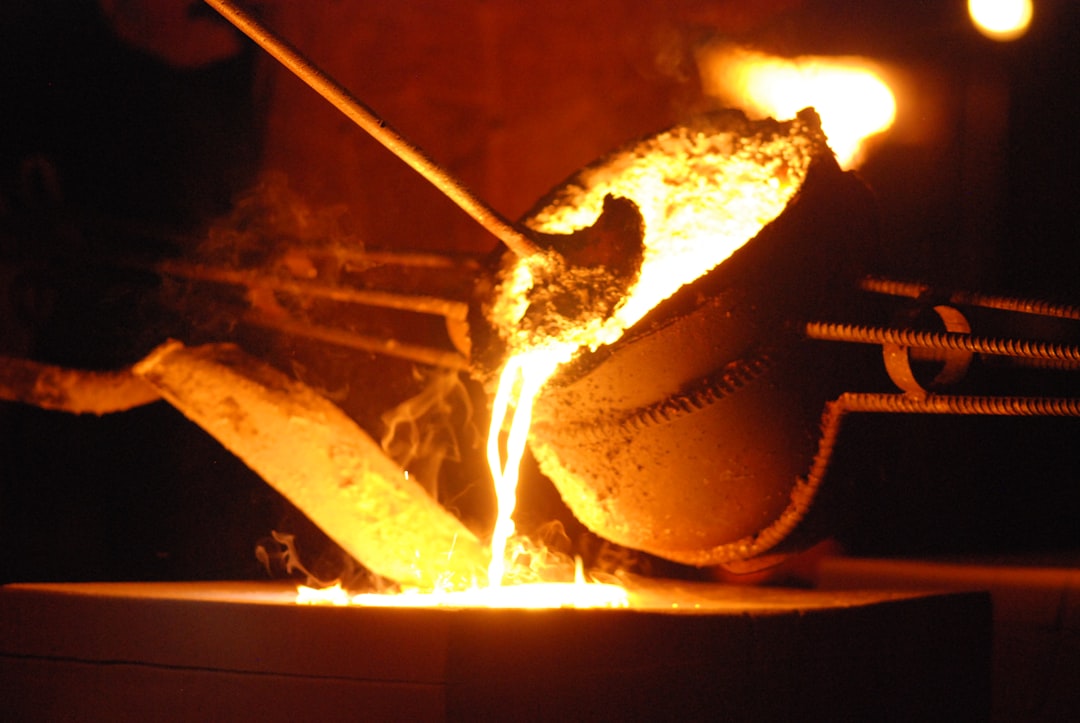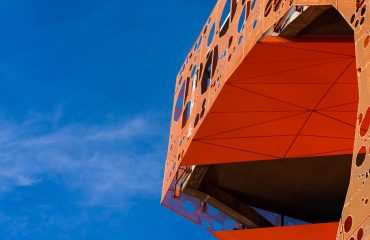The steel industry, a cornerstone of global infrastructure, has historically been a significant contributor to greenhouse gas emissions. However, a paradigm shift is underway, driven by the urgent need for sustainable practices. This post delves into the exciting advancements in eco-friendly steel manufacturing, exploring how innovative technologies and strategies are paving the way for a greener future.
1. Minimizing Carbon Emissions: The Heart of Green Steel
The most significant environmental impact of steel production stems from the carbon dioxide released during the ironmaking process, primarily through the use of coking coal. Traditional blast furnaces rely heavily on this fossil fuel, contributing substantially to global warming. Eco-friendly steel manufacturing focuses on drastically reducing this carbon footprint through several key strategies:
- Hydrogen-based ironmaking: Replacing coking coal with hydrogen as a reducing agent in direct reduced iron (DRI) processes is a game-changer. Hydrogen, when produced from renewable sources like solar or wind power, offers a carbon-neutral pathway to iron production. While still in its developmental stages, hydrogen-based ironmaking is rapidly gaining traction as a viable solution.
- Carbon Capture, Utilization, and Storage (CCUS): This technology captures CO2 emissions from blast furnaces and either utilizes them in other industrial processes or stores them underground, preventing their release into the atmosphere. While CCUS adds complexity and cost, it offers a crucial bridge technology while hydrogen-based methods mature.
- Electric Arc Furnaces (EAFs): EAFs utilize electricity to melt scrap steel, significantly reducing reliance on primary ironmaking and its associated emissions. The increasing availability of scrap metal and the growth of renewable energy sources make EAFs a highly attractive option for eco-friendly steel production.
2. Energy Efficiency: Optimizing the Production Process
Beyond reducing carbon emissions, optimizing energy efficiency is crucial for sustainable steel manufacturing. This involves implementing various measures throughout the production chain:
- Process optimization: Advanced process control systems and data analytics can identify and eliminate energy inefficiencies within the steelmaking process, leading to significant energy savings.
- Waste heat recovery: Capturing and utilizing waste heat generated during steel production can significantly reduce energy consumption and costs. This heat can be used for preheating materials or generating electricity.
- Renewable energy integration: Powering steel mills with renewable energy sources, such as solar, wind, and hydropower, drastically reduces the industry’s reliance on fossil fuels and lowers its carbon footprint.
3. Sustainable Sourcing and Recycling: Closing the Loop
The responsible sourcing of raw materials and the maximization of steel recycling are fundamental aspects of eco-friendly steel manufacturing. This involves:
- Sustainable iron ore mining: Implementing environmentally conscious mining practices, including minimizing land disturbance, reducing water usage, and managing tailings effectively, is crucial for responsible iron ore sourcing.
- Increased scrap metal utilization: EAFs rely heavily on scrap steel, making the recycling of end-of-life steel products a cornerstone of sustainable steel production. Improving scrap collection and processing infrastructure is vital to maximizing this resource.
- Circular economy principles: Adopting a circular economy approach, where steel products are designed for recyclability and reused at the end of their life cycle, is key to minimizing waste and resource depletion.
4. Water Management: Conserving a Precious Resource
Steel manufacturing requires significant amounts of water for various processes, from cooling to cleaning. Sustainable practices focus on minimizing water consumption and preventing water pollution:
- Water recycling and reuse: Implementing closed-loop water systems that recycle and reuse water throughout the production process significantly reduces water consumption and wastewater discharge.
- Water treatment: Treating wastewater to remove pollutants before discharge into the environment is essential to protecting water quality and ecosystems.
- Rainwater harvesting: Collecting and utilizing rainwater for non-potable purposes can further reduce reliance on freshwater sources.
5. Technological Advancements and Innovation: Driving the Green Steel Transition
Continuous innovation is driving the transition towards eco-friendly steel manufacturing. Emerging technologies play a crucial role:
- Artificial intelligence (AI) and machine learning (ML): AI and ML are being used to optimize energy consumption, predict equipment failures, and improve process efficiency, contributing to a more sustainable and cost-effective steelmaking process.
- Advanced materials and coatings: Developing new materials and coatings that enhance the durability and corrosion resistance of steel can extend the lifespan of steel products, reducing the need for frequent replacements and minimizing waste.
- Bio-based reducing agents: Research into utilizing bio-based materials as reducing agents in ironmaking offers a promising pathway towards a more sustainable future for the steel industry.
The transition to eco-friendly steel manufacturing is a complex but necessary undertaking. By embracing innovative technologies, sustainable practices, and a commitment to continuous improvement, the steel industry can significantly reduce its environmental impact and contribute to a greener future.
SEO Tags:
- Green steel
- Sustainable steel manufacturing
- Eco-friendly steel production
- Hydrogen steelmaking
- Carbon capture steel




